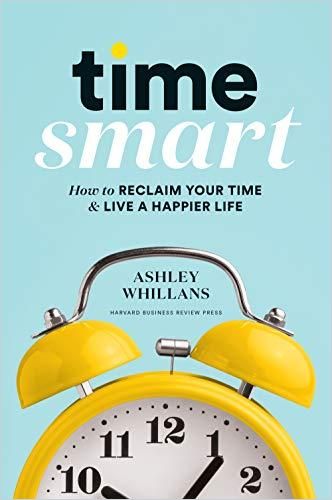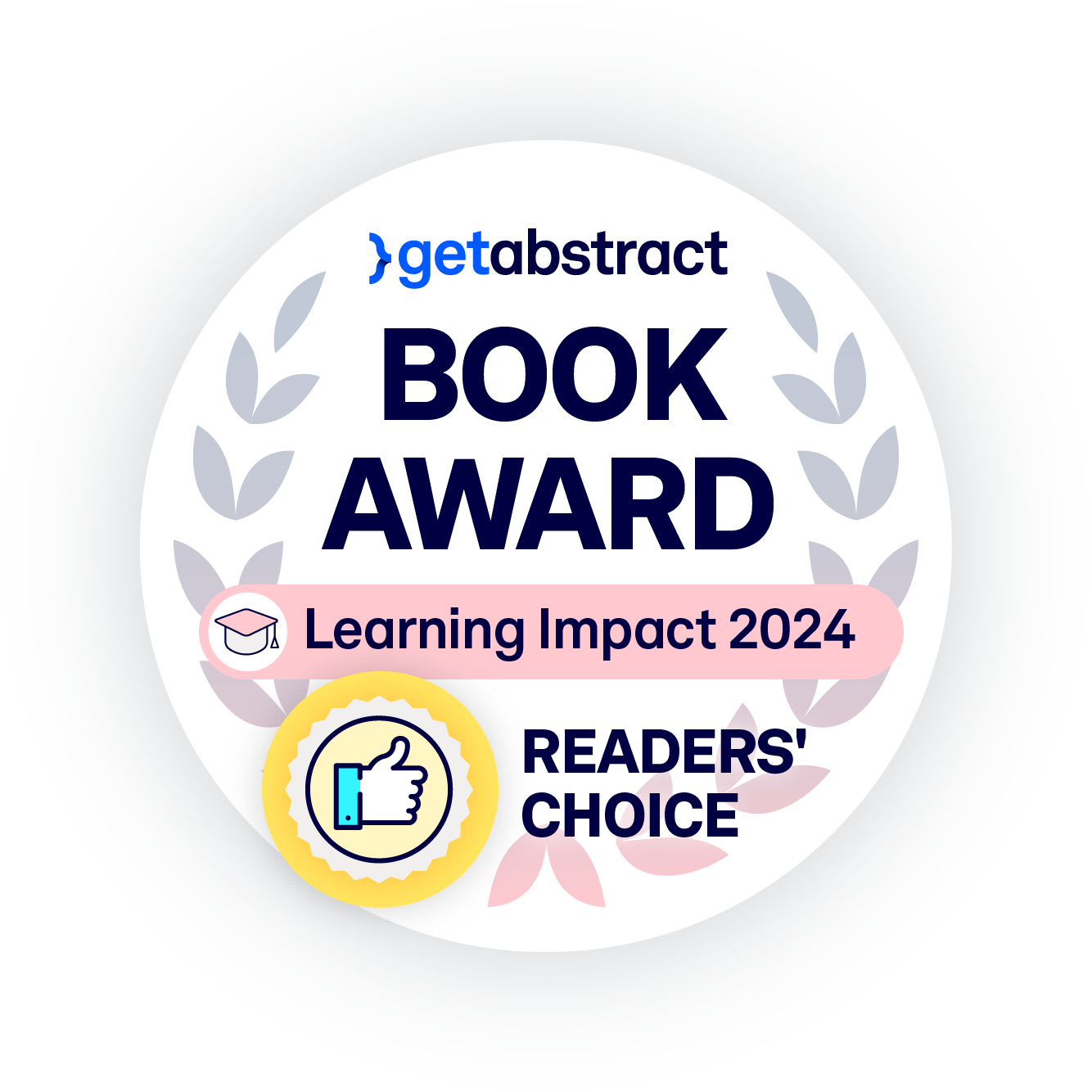Daniel H. Pink

Daniel H. Pink is the author of several provocative, best-selling books about business, work, creativity and behavior. His books include the New York Times bestsellers When and A Whole New Mind — as well as the #1 New York Times bestsellers Drive and To Sell is Human.
Dan’s books have been translated into 42 languages, and have sold millions of copies around the world.
1. Daniel H. Pink’s Key Findings and Messages
- A big mismatch exists between what science knows and what business does.
- Monetary rewards are poor motivational tools. Humans are motivated by their intrinsic desire for autonomy, mastery and purpose.
- We’re all in sales now – whether you are in a traditional sales job or seek to move others in some other way.
- Timing is everything when you want to optimize your performance and outcomes.
Traditional notions of management are great if you want compliance. But if you want engagement, self-direction works better.
Daniel H. Pink
2. Why Do They Matter?
An overall theme in Pink’s work is to change the way companies view the modern workplace. He delves deeply into behavioral research to highlight the gap between what science knows and the habitual ways we structure our days and work. Turning conventional wisdom upside down, he offers novel, applicable solutions for enhancing productivity and life satisfaction.
3. To Understand Pink’s Work, Start Here
Daniel H. Pink’s 2017 TED talk, “The Puzzle of Motivation,” explores what motivates people and how company leaders can apply this research to their own organizations. He goes on to explain what social scientists know but most managers don’t: Traditional rewards aren’t as effective as we think. Viewed over 28 million times, his talk refocused the conversation around motivation from extrinsic to intrinsic factors.
Highlights:
- Incentive-based rewards fail to inspire, dull thinking and block creativity.
- To motivate employees give them autonomy and the opportunity to learn and take on challenges.
- Above everything else, people want to be involved with something greater than themselves.
[The] new operating system for our businesses revolves around three elements: autonomy, mastery and purpose.
Daniel H. Pink
4. Evaluate the Details: Pink’s Books
Drive: The Surprising Truth About What Motivates Us draws on 50 years of behavioral science to overturn the conventional wisdom about human motivation.
Highlights:
- Motivation 1.0 consists of our basic biological drives, such as seeking food and shelter for survival. Motivation 2.0 is the extrinsic system of rewards and punishments. Motivation 3.0 is powered by our intrinsic desires for autonomy, mastery and purpose.
- Most business leaders don’t understand human motivation. They mistakenly try to impel their employees with extrinsic rewards or punishments.
- People naturally want to improve, continuously and progressively, at whatever skill matters to them.
- People are most content and productive when they are working toward a higher purpose. Aware businesspeople now realize that purpose-driven organizations perform at a higher level.
- Let employees participate in creating their work goals because people perform better when pursuing targets they helped create.
- Leaders should offer workers three intrinsic motivations: autonomy, mastery and purpose.
From the moment that human beings first stared into the sky, contemplated their place in the universe, and tried to create something that bettered the world and outlasted their lives, we have been purpose seekers.
Daniel H. Pink
To Sell is Human: The Surprising Truth About Moving Others uses social science to offer a fresh look at the art and science of sales. Pink explains his main concepts on sales and persuasion in this short Masterclass video introduction:
Highlights:
- Sales is increasingly becoming part of everyone’s job. Whether you’re pitching a new idea to your manager or try to cajole your children to do their homework, you’re already spending large portions of your day trying to move others.
- The internet has made honesty and transparency vital for sellers – whether you are a car salesman selling used car or a doctor explaining the advantages of a treatment option. Hence, selling has become more about explaining information than pushing a solution onto people.
- Attunement – the ability to see things from other people’s perspective – is vital for our ability to move others.
- Subtle mimicry – a physical component of attunement – can help salespeople close a deal.
- Interrogative self-talk – i.e., asking yourself questions – helps you prepare for and deal with rejection and setbacks.
- Limiting customers’ options leads to increased sales, as the choice is made easier.
- Rather than relying on pre-prepared scripts, salespeople should borrow techniques from improvisational theater: listen to others, work with what the other person offers, seek out win-win solutions and respond to your customers’ ideas with “yes, and….”
- To move people effectively, make your efforts personal and purposeful.
Anytime you’re tempted to upsell someone else, stop what you’re doing and upserve instead.
Daniel H. Pink
When: The Scientific Secrets of Perfect Timing unlocks the scientific secrets to good timing to help you flourish at work, at school and at home. Pink elaborates on some of the book’s main insights at Talks at Google.
We are smarter, faster, dimmer, slower, more creative, and less creative in some parts of the day than others.
Daniel H. Pink
Highlights:
- Our mood and cognitive abilities fluctuate over the course of the day in a major way. According to one chronobiologist, our performance at our daily low point is the same as it would be under the influence of alcohol.
- Our daily performance goes through three stages: a peak, a trough and a rebound. About 75% of the population are at their peak during the morning. Exceptions are evening chronotypes (night owls).
- We perform best at activities that require a high level of focus and discernment during our peak. However, our creativity is at its highest during the recovery phase when our inhibition is lower.
- We are more likely to give into our biases when we are not at our peak (usually in the afternoon).
- Recovery breaks are crucial for optimal performance. It’s best to schedule them in advance.
- Plan for at least three breaks a day and determine how you will spend them. Rejuvenating activities include moving your body, going outside, socializing or taking a short nap.
- When you begin a new project or make a fresh start has a significant impact on whether you will follow through. Good start dates are the first day of the year, month or week; your birthday; or the first day back from a vacation.
- When you’ve reached the midpoint of a project, imagine that you’re behind to spark your motivation.
- Nearing the end of something (e.g., the end of a project or life chapter) can help us energize. People are much more likely to run their first marathon at age 49 than at age 50, for example.
- Synchronizing activities with others makes us feel good and causes us to be kinder and more welcoming toward others.
High performers,…research concludes, work for 52 minutes and then break for 17 minutes.
Daniel H. Pink
Pink’s latest book, The Power of Regret: How Looking Backward Moves Us Forward reframes our negative perception of regret. Rather than holding us back, he explains, regrets can serve as a powerful catalyst for improving your life and that of others. The book offers tools for processing regret in a way that helps us move forward. In a Wall Street Journal article based on the book, he outlines a three-step process for making feelings of regret work for you.

Highlights:
- Feeling regret is not just part of the human experience, it also helps people learn from their mistakes and move forward.
- Regret has a key place in human evolution: It sharpens people’s thinking and helps them avert future mistakes.
- The way people deal with feelings of regret determines their ability to turn it into something positive.
- Trying to suppress the feelings, or endlessly ruminating over them won’t do much good.
- Work through your regrets using a three-step process. Learn more.
Instead of those unpleasant emotions fluttering around uncontrollably, language helps us capture them in our net, pin them down and begin analyzing them.
Daniel H. Pink
6. Additional Resources by Topic
Motivation
- For quick life hacks, check out Daniel H. Pink’s Pinkcasts. These are short videos covering topics such as how to discover your purpose in one minute, how to repurpose your rubber duck for problem-solving or why you should take notes by hand. You may want to ignore his advice on crafting the perfect sandwich, though.
- Daniel Pink brought the term “Motivation 3.0” into common parlance. Learn how to build an intrinsically motivated team on MindTools.
- Motivation follows action, not the other way around. In The Motivation Myth, Jeff Haden explains how day-after-day motivation derives from completing the daily work your goal requires, not from flashes of inspiration.
- Purpose is the best motivator. Dan Pontefract explains how companies can establish meaningful goals, provide energized workplaces and contribute to their communities and society in The Purpose Effect.
- The emphasis on perks detracts from work’s purpose. Instead, encourage employees to explore the impact they would like to have on the world, product designer Audrey Liu advises.
- Learn more about motivational leadership by debunking the 10 most common leadership myths.
- Having a hard time motivating yourself to exercise? Find the “Right Whys,” behavioral scientist Michelle Segar explains.
- Pink has built his career on questioning conventional wisdom. Find a collection of counterintuitive ideas about motivation, innovation and leadership in The Flip Manifesto.

Why Motivating People Doesn’t Work…and What Does
Berrett-Koehler Publishers Read Summary
What Makes Work Meaningful – or Meaningless
MIT Sloan Management Review Read SummarySales and Persuasion
- Sales has much more to do with persuasion than anything else. Learn more about the art and science of moving others in our Persuasion channel. If sales is your profession, you will find additional resources in our Sales channel.
- Would you like to start applying some of the principles explained in To Sell Is Human? Download the author’s free 14-day workbook.
Timing
- What is your chronotype? Take a quiz.
- Right timing is important for optimal sleep – check out our Sleep channel for more advice on improving sleep quality for optimal performance.
- Science has a lot to teach us about right timing – so don’t leave time management up to chance. Find out more in our Time Management channel.
7. Deep Dive: Intrinsic Motivation and the Workplace
Find out more about motivation and the future workplace in our related Journal articles:
About Our Thought Leader Profiles
Biographies can be found on Wikipedia. What you find here are instant practical insights into the thinking of important contemporaries – with handy references to the summaries of their works at getAbstract, of course.

































